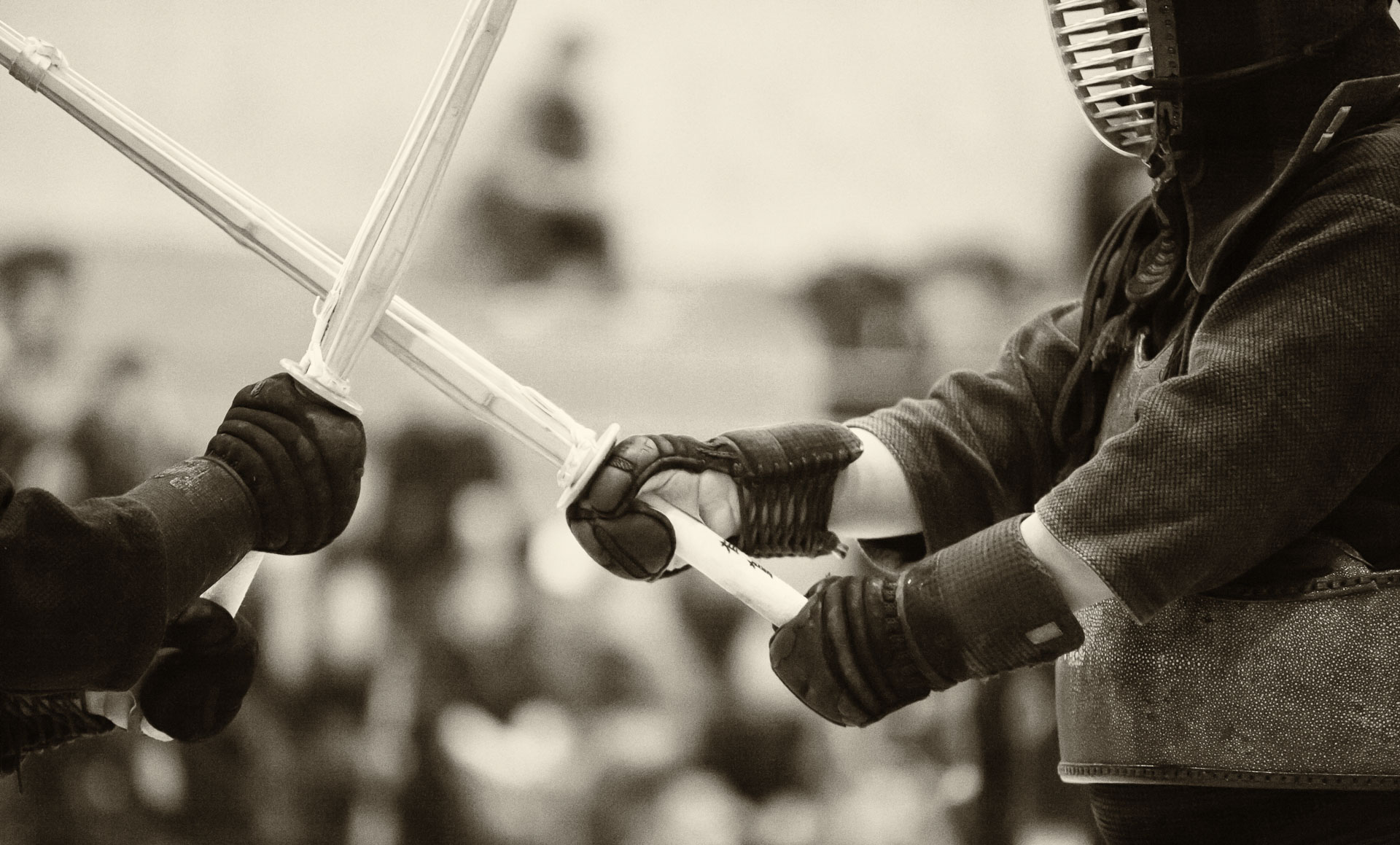
Our new publication, The Black Light Magazine, is accepting first submissions from artists. This made me think about the benefits of sharing art in general, and the parallels between publishing/exhibiting art and public communication.
Making your work public is an integral part of a creative process. The concept is simple and hardly new, but actually making it a reality is not trivial. A work of art is inherently an expression of something that the artist closely associates with, but exhibiting or performing a piece of art is an equivalent of a public statement. In this sense, publishing your work, as any form of public communication is a skill that can be developed and that requires regular practice.
There are many well-known benefits of showing our creations to other people. Artists, who regularly exhibit, share, perform or otherwise publish their work develop a sense of connection with the audience that becomes activated even at the earliest stages of the process. Publishing our work also allows us to develop an ability to receive feedback, both positive and negative, and use it in a constructive way. And of course, if you create and share something new, there is an exciting possibility to build a community around you and your art (not that being in the centre of it actually matters – often, making a contribution to an existing area is most rewarding.)































